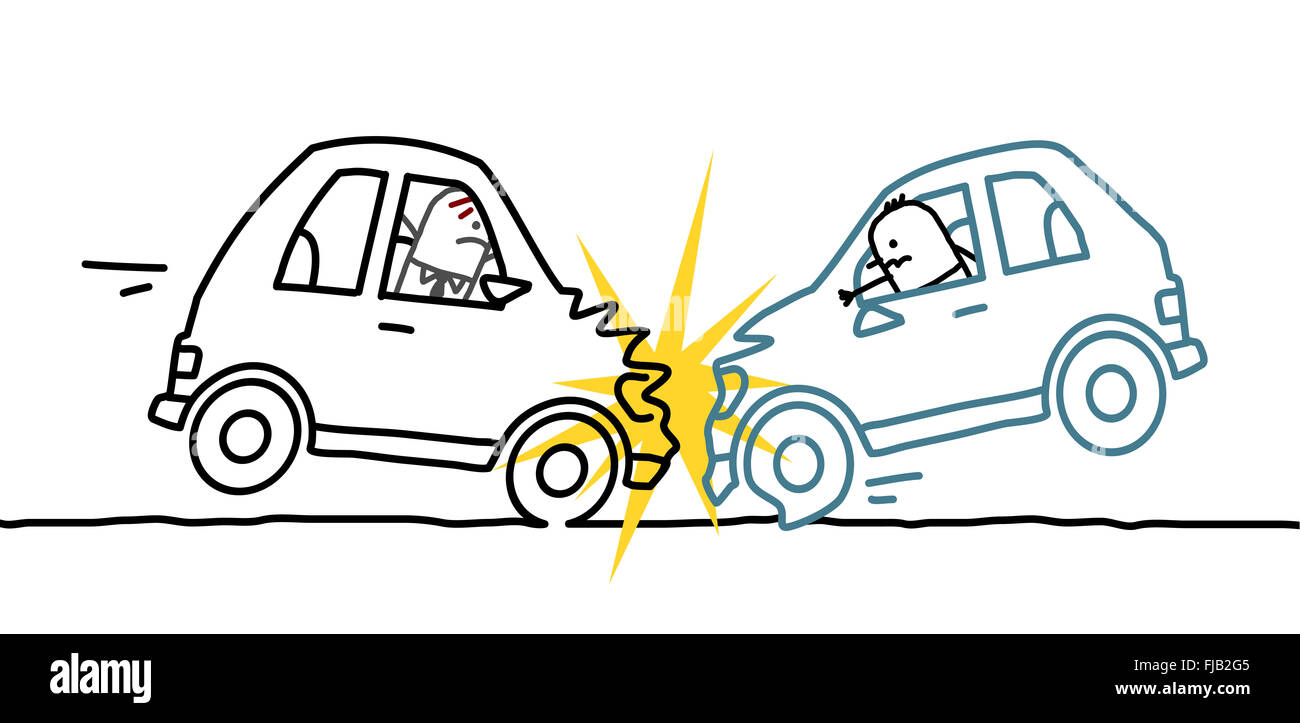Introduction
Car accidents can happen unexpectedly, leading to injuries, vehicle damage, and financial burdens. Car accident insurance provides financial protection and helps cover costs related to collisions, ensuring that you’re not left with hefty bills. Understanding how insurance works in case of an accident is crucial for every driver.
Types of Insurance Coverage for Car Accidents
Several types of car insurance policies can protect you in case of an accident:
1. Liability Insurance (Mandatory in Most States)
- Bodily Injury Liability (BIL): Covers medical expenses, lost wages, and legal fees if you injure someone.
- Property Damage Liability (PDL): Pays for damages to another person’s vehicle or property.
2. Collision Insurance
- Covers the cost of repairs or replacement of your vehicle, regardless of who is at fault.
- Often required if you have an auto loan or lease.
3. Comprehensive Insurance
- Covers non-collision-related damages, such as theft, vandalism, natural disasters, or hitting an animal.
4. Uninsured/Underinsured Motorist Coverage (UM/UIM)
- Protects you if the at-fault driver has no insurance or insufficient coverage.
- Covers medical expenses and sometimes property damage.
5. Personal Injury Protection (PIP) / Medical Payments (MedPay)
- PIP: Covers medical expenses, lost wages, and other costs for you and your passengers, regardless of fault.
- MedPay: Covers only medical bills but has no coverage for lost wages.
What to Do After a Car Accident
If you’re involved in a car accident, follow these steps to ensure a smooth insurance claims process:
1. Ensure Safety First
- Check yourself and others for injuries. Call 911 if medical help is needed.
- Move to a safe location if possible, but do not leave the scene.
2. Call the Police
- A police report can serve as valuable evidence for your insurance claim.
- Officers will document the accident and determine fault if applicable.
3. Gather Information
- Exchange details with the other driver(s):
- Name, contact information, and insurance details
- Vehicle make, model, and license plate number
- Collect evidence:
- Take photos of the accident scene, damages, and road conditions
- Get witness statements if available
4. Notify Your Insurance Company
- Report the accident as soon as possible.
- Provide all necessary details, including photos and the police report.
5. File an Insurance Claim
- Depending on the accident and policy coverage, file a claim under:
- Your collision insurance (if at fault)
- The other driver’s liability insurance (if they are at fault)
- Uninsured motorist coverage (if the other driver lacks insurance)
How Insurance Companies Determine Fault
- Police Reports: Officers may assign fault based on evidence.
- State Laws: Some states follow comparative negligence, where fault is shared, affecting claim amounts.
- Insurance Adjusters: Investigate damages, witness statements, and accident details to determine payouts.
Common Car Accident Insurance Claim Scenarios
- You Are at Fault
- Your liability insurance covers damages and injuries to the other party.
- Your collision insurance (if purchased) covers your vehicle repairs.
- The Other Driver Is at Fault
- Their liability insurance pays for your car repairs and medical expenses.
- If they are uninsured, your uninsured motorist coverage applies.
- Hit-and-Run Accident
- Uninsured motorist property damage or collision insurance can cover your vehicle repair costs.
- PIP/MedPay can cover medical expenses.
- Weather-Related or Single-Car Accident
- Comprehensive insurance covers natural disasters, floods, and falling objects.
- Collision insurance covers crashes into barriers, potholes, or rollovers.
Factors That Affect Your Car Accident Insurance Claim
- Extent of Damage – More severe damages may result in a higher payout.
- Who Was at Fault – Fault determination impacts claim approval.
- State Laws – Some states have no-fault insurance, meaning each driver’s insurance covers their own expenses.
- Policy Limits & Deductibles – Your insurance coverage is limited to the maximum amount stated in your policy.
How to Prevent Higher Insurance Rates After an Accident
- Drive Safely – Avoid speeding and reckless driving.
- Consider Accident Forgiveness – Some insurers offer policies that won’t increase rates after your first accident.
- Increase Your Deductible – Opting for a higher deductible can lower premium costs.
- Take Defensive Driving Courses – Some insurers offer discounts for safe driving courses.
Conclusion
Car accident insurance is essential for financial protection after a crash. Understanding your coverage, knowing what to do after an accident, and filing a claim properly can help you recover quickly. Always review your policy to ensure you have the right coverage to avoid unexpected expenses.
